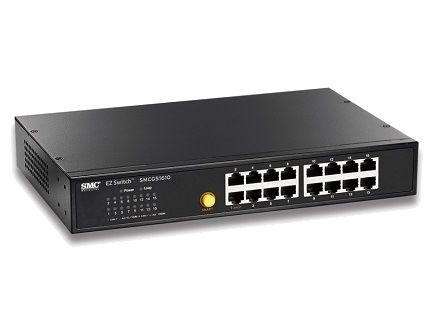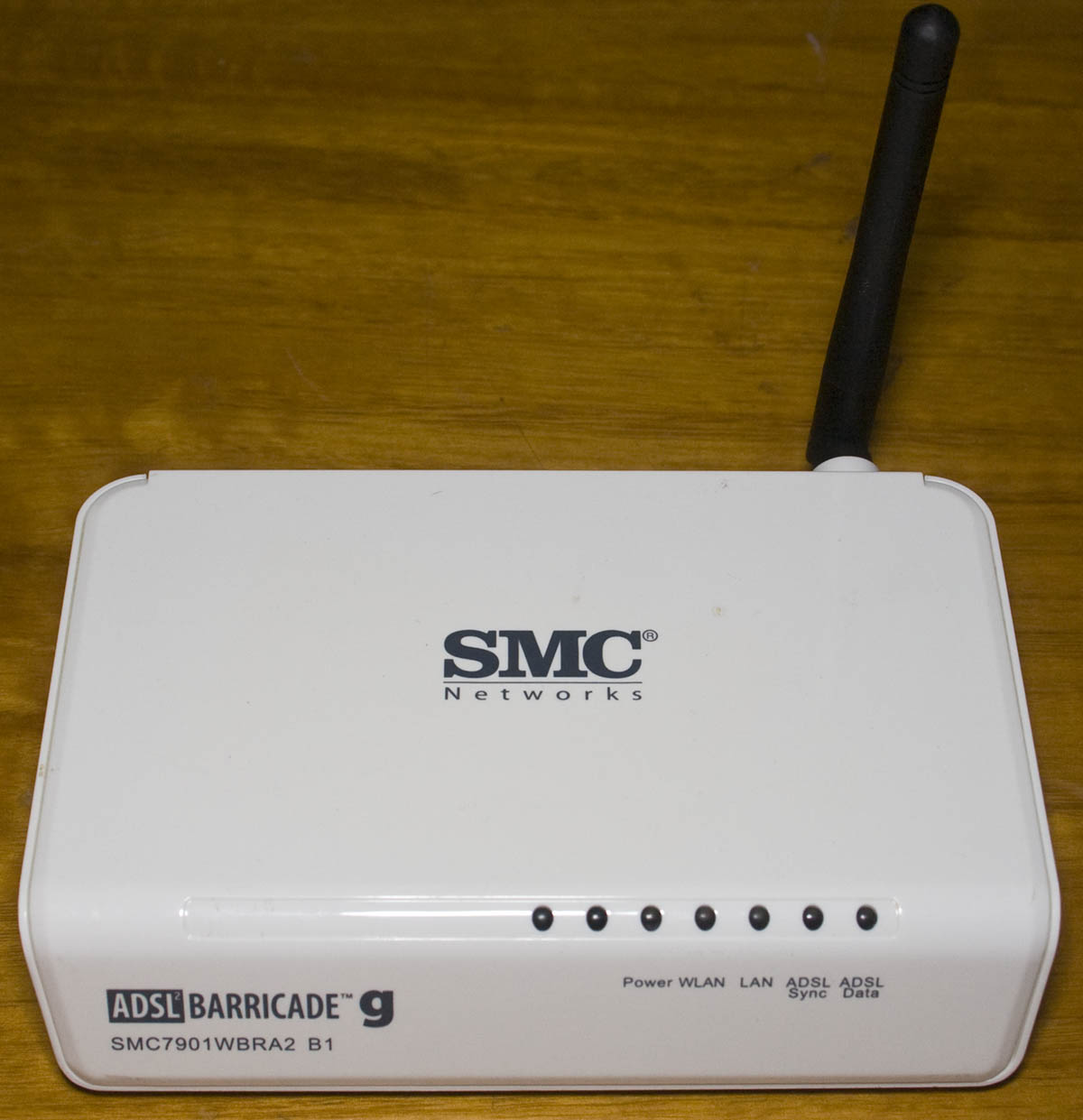
Before setting the DMZ on the modem, you need to login to the device you want to use as a router and set a static WAN IP address on the same subnet you used for the modem lan settings. To bridge through to another router it's usually a good idea to turn all of these off. You will also see configuration somewhere on most modems for Firewall/DDOS protection and similar.

This is pretty easy and covered well in other places so google it before you do this and possibly lose internet! Beware that once DHCP is off you may have to manually set an IP address on the machine you're connecting with. Also, make sure the modem is set to have a static IP address, a good choice is 10.1.10.1 since that's usually default anyways. You want DHCP OFF for this to work reliably.
Smc networks router ezswitch password#
Default IP address is usually 10.1.10.1 with comcast, login is cusadmin password highspeed.
Smc networks router ezswitch how to#
I don't have one of these modems handy, so sorry no screenshots, but here is a rough guide on how to do this. If the IP of your router changes when a DHCP lease expires everything will stop working. It’s also very important to setup static IP address between the modem and your router/firewall because the DMZ can only be set to a single IP address. You will need to manually configure DNS since you aren't using any assigned IP's from the modem, but this is a small price to pay. This means you can open ports normally on your router without dealing with the modem. Yes, you still have devices on two subnets, but it doesn't matter because all "unknown destination" packets from the modem will be forwarded to your firewall/router instead of discarded. When you do this, the Comcast router will redirect all unsolicited packets to your router, essentially eliminating the Double NAT. The root of the problem is not that your local firewall doesn't receive a publicly routable IP from Comcast, the issue is that you are behind double NAT To do this, disable DHCP on the modem and setup a DMZ to the router you want acting as your firewall. The double NAT will still be happening, but it won’t matter if we ignore it by using the DMZ to direct all unroutable packets at the router/firewall. Since we want to get around the network address translation happening on the modem this is exactly what we want. The “DMZ” is essentially an address that your modem will send any packets it doesn’t know how to route. The solution is quite simple but unintuitive. Using this method, you will be able to open ports on your router normally which is the biggest problem of not having bridge mode on your modem.

This configuration assumes you want to use another device as your router, since there is not really a point to bridge mode unless this is your configuration. This is an unfortunate oversight but THERE IS A SOLID WORKAROUND and it doesn't involve IP layer gymnastics that many suggest.

I have talked to customer service reps and scoured the internet, and it just doesn’t seem possible. The bottom line is, there is no way to put this particular modem into conventional passthrough (bridge) mode where it will provide a routable public IP on the LAN ports.

Some modems have a "management" device/interface built in that has an IP address, but its not part of the actual "modem" function.There is a ton of misinformation on the internet about how to properly do this: Unmnanaged switches are not layer 3 devices and generally do not have any IP address at all, they just interconnect other devices.īroadband modems are also not layer 3 devices and also do not have an IP address. If your ISP device is both a modem and router, the "WAN" is the modem, and the "LAN" is the switch ports. If the router has a built in wifi access point, the wifi is bridged to that interface as well In most cases the "LAN" is internally connected to a switch with multiple ports, these are all part of the same "LAN" interface. For a consumer/residential Internet situation, the interfaces are often called "WAN" which is the one that connects to the ISP via their modem, and "LAN" which is the internal network for all the user devices. Routers have multiple interfaces to interconnect two or more networks, they have an IP address on each one. Each layer-3 device on a given network needs its own unique IP address on its interface to that network.


 0 kommentar(er)
0 kommentar(er)
